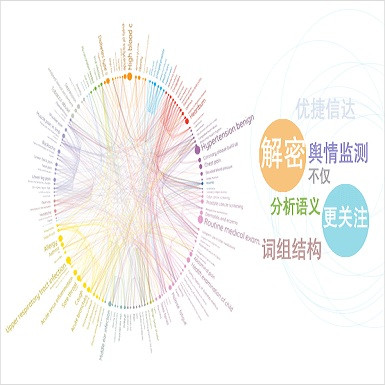An effective recipe for building seq2seq, non-autoregressive, task-oriented parsers to map utterances to semantic frames proceeds in three steps: encoding an utterance $x$, predicting a frame's length |y|, and decoding a |y|-sized frame with utterance and ontology tokens. Though empirically strong, these models are typically bottlenecked by length prediction, as even small inaccuracies change the syntactic and semantic characteristics of resulting frames. In our work, we propose span pointer networks, non-autoregressive parsers which shift the decoding task from text generation to span prediction; that is, when imputing utterance spans into frame slots, our model produces endpoints (e.g., [i, j]) as opposed to text (e.g., "6pm"). This natural quantization of the output space reduces the variability of gold frames, therefore improving length prediction and, ultimately, exact match. Furthermore, length prediction is now responsible for frame syntax and the decoder is responsible for frame semantics, resulting in a coarse-to-fine model. We evaluate our approach on several task-oriented semantic parsing datasets. Notably, we bridge the quality gap between non-autogressive and autoregressive parsers, achieving 87 EM on TOPv2 (Chen et al. 2020). Furthermore, due to our more consistent gold frames, we show strong improvements in model generalization in both cross-domain and cross-lingual transfer in low-resource settings. Finally, due to our diminished output vocabulary, we observe 70% reduction in latency and 83% reduction in memory at beam size 5 compared to prior non-autoregressive parsers.
翻译:这些模型虽然在经验上很强大,但通常会受到长度预测的瓶颈,因为即使小的不准确性也会改变由此形成的框架的交错性和语义设置。在我们的工作中,我们建议了跨点网络、不偏向性剖析器,将解码任务从文本生成转向范围预测;也就是说,当将一个框架的长度推入框架时,我们的模式生成了一个大小的断层框,带有发音和本体象征。尽管从经验上看是强大的,但这些模型通常会受到长距预测的阻碍,因为即使小的不准确性会改变由此形成的框架的交错性和语义设置。在我们的工作中,我们建议了跨点网络、不偏向的分解器,将解码任务从文本生成转向范围预测;这就是,当将一个断分解的调色度推入框架时,我们的模型(例如,[i,j])与文本(例如,“6pmt”)相比,这些输出空间的自然四分解度会降低金质框架的变异性,从而改进了时间框架的改进,最终的精确匹配。此外,现在对框架的不长性预测负责进行,在框架的内最终的内, 的内,而的内,而使内断式的内,而导致的内断式的内存的内存的内断式的内,在制式的内,在制式的内,在制式的内,在制式的内,在制式的内,在制式的内,我们式的内,我们式的内,在制式的内,在制式的内,在制式的内,在制式的内,在制式的内,在制式的内,在制式的内,在制式的内,在制式的内,在制式的内,在制式的内,在制的内,在制的内,在制的内,会的内,在制的内,在制的内,在制式的内,我们之间,在制的内,在制式的内,在制式的内,在制式的内,在制式的内,在制式的内,在制式的内,在制式的内式的内,在制式的内式的内式的内式的



